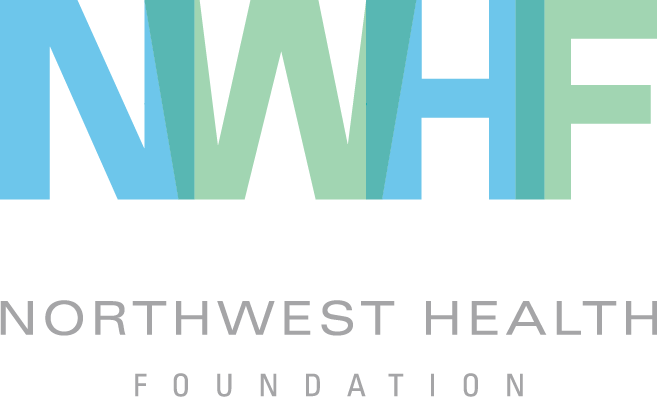APANO Ensures Asian and Pacific Islander Oregonians are Heard Through Voting
/A story from Healthy Beginnings+Healthy Communities Collaborative APANO VOTE Network.
Everyone should be able to make themselves heard through voting.
That’s why the Asian Pacific American Network of Oregon (APANO), a statewide, grassroots organization serving the Asian and Pacific Islander communities, spent the fall 2018 election season reaching out to the one out of every 25 Oregonians who identify as Asian or Pacific Islander (API). APANO increased language access, provided ballot assistance, and invested in non-API-led partner organizations to extend their reach.
APANO Voter Outreach Training & Education (VOTE) Network organizes and supports the development of Asian and Pacific Islander community organizations in Oregon to achieve social justice. The purpose of the network, created in 2016, is to understand community needs and build collective power to improve the lives of Asian and Pacific Islanders in Oregon.
In order to implement equitable policies, we need to ensure that all people impacted by those policies have access to the ballot. Aware that a number of non-English speaking API face a barrier to voting, APANO prioritized expanding language access to reach these Oregonians. We translated our voter guide into seven additional languages in an effort to engage multi-ethnic and multilingual communities.
Language data isn’t often tracked on the Voter Action Network (VAN), an app groups use to identify voters and record their engagement. Many of the API folks whose doors we knocked on and whose phones we called had never had an in-depth conversation about ballot measures and the voting process before. Through multilingual canvassing, phonebanking, and running a voter assistance center out of the APANO office, APANO served 120 people in four days, propelled by the belief that everyone should have a say in measures and policies that affect their lives.
We also know that when community groups work together, we are stronger. That’s why this past election APANO invested in its VOTE Network organizations. We regranted funding to the Bus Project, the Oregon Student Association and PCUN (Pineros y Campesinos del Noroeste), who contacted voters and helped us get a sense of who and where our communities are and what issues are important to them. These partnerships continue into 2019 as we plan for the legislative session and upcoming elections.
2018 was a critical year to defend the dignity and rights of immigrant communities. Our communities were, and continue to be, under attack from white nationalists. In 2018, we fought back to keep our families together. APANO invested directly in ballot measure campaigns for the first time ever, taking a stand on issues that directly affect communities of color in Oregon.
Perhaps the most exciting result of the 2018 election cycle was the innovative approach to winning, with 65% of the vote, the Portland Clean Energy Initiative. The Portland Clean Energy Initiative was Oregon’s first environmental justice ballot measure designed by and for the communities most impacted by climate change. Work on the Portland Clean Energy Initiative began in February 2016 when representatives from APANO, Native American Youth and Family Center (NAYA), Verde, Coalition of Communities of Color, NAACP and 350PDX envisioned a way to fight climate change that would simultaneously address racial and economic justice and create living wage jobs. This initiative was the first ballot measure in Oregon’s history launched and led by people of color, from gathering 50,000+ petition signatures to a full on field canvassing operation. It clarified what we need more of: community conversations, grassroots activism, and electoral power moving us toward an Oregon that is healthier, more equitable, and serves the many, not the few.
APANO and the VOTE Network will continue organizing and acting to ensure that immigrants, communities of color, low-income folks, and the many people who live at the intersections of these identities, have a say in the political decisions that impact their lives.

































